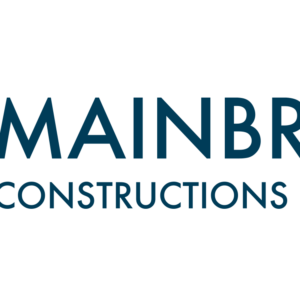As our global population ages, ensuring the well-being and comfort of our elderly becomes an increasingly important concern. Aged care facilities and home care providers are constantly seeking ways to improve the quality of life for seniors, particularly those with limited mobility. One of the most significant advancements in this regard is the development and widespread use of hoists for aged care. These innovative devices, a product of modern science and engineering, have revolutionised the way care is provided, making life easier not only for the elderly but also for caregivers.
Understanding Hoists in Aged Care
Hoists are mechanical devices designed to lift and move individuals with limited mobility, ensuring their safety and comfort during transfers. Whether it’s moving from a bed to a wheelchair, transferring to the bathroom, or repositioning in bed, hoists have become an indispensable tool in aged care settings. These devices are powered either by electricity or manually, with various models available to meet specific needs. The introduction of hoists in aged care has significantly reduced the physical strain on caregivers, while also minimising the risk of injury for both the elderly and the staff.
The Science Behind Hoists
The development of hoists is a testament to the intersection of science, technology, and healthcare. The principles of physics, particularly leverage and force distribution, play a crucial role in the design of these devices. By understanding the mechanics of the human body and how it interacts with lifting devices, engineers have been able to create hoists that are both effective and safe.
For instance, electric hoists often utilise hydraulic systems or motorised mechanisms to lift individuals smoothly, reducing the risk of jerky movements that could cause discomfort or injury. The science behind these devices also extends to ergonomics, ensuring that hoists are easy to operate and can be adjusted to suit different body types and needs. The careful consideration of these factors ensures that hoists not only function efficiently but also provide a comfortable and dignified experience for the elderly.
Benefits of Hoists in Aged Care
The introduction of hoists in aged care has brought about numerous benefits, both for the elderly and their caregivers. One of the most significant advantages is the reduction in the physical strain on caregivers. Lifting and moving individuals manually is a physically demanding task, often leading to back injuries and other musculoskeletal issues among care staff. Hoists alleviate this burden, allowing caregivers to perform transfers with minimal physical effort.
For the elderly, hoists offer a safer and more comfortable experience during transfers. The risk of falls and injuries is significantly reduced, as hoists provide stable support throughout the process. Moreover, the use of hoists promotes a sense of dignity among seniors, as they can be moved with ease and without the discomfort that often accompanies manual transfers. This sense of security and comfort is crucial in maintaining the overall well-being of the elderly, particularly those with chronic health conditions or severe mobility limitations.
Different Types of Hoists
There are various types of hoists available in the market, each designed to meet specific needs within aged care settings. Ceiling hoists are popular in many aged care facilities, offering a fixed system that runs on tracks installed in the ceiling. These hoists are particularly useful in small spaces, where floor-based hoists may be impractical. Mobile hoists, on the other hand, are versatile and can be moved around as needed, making them ideal for home care environments. Stand-assist hoists are designed for individuals who have some level of mobility but still require assistance in standing and moving short distances.
Summing up, hoists for aged care represent a remarkable achievement in the application of science and technology to improve human lives.


